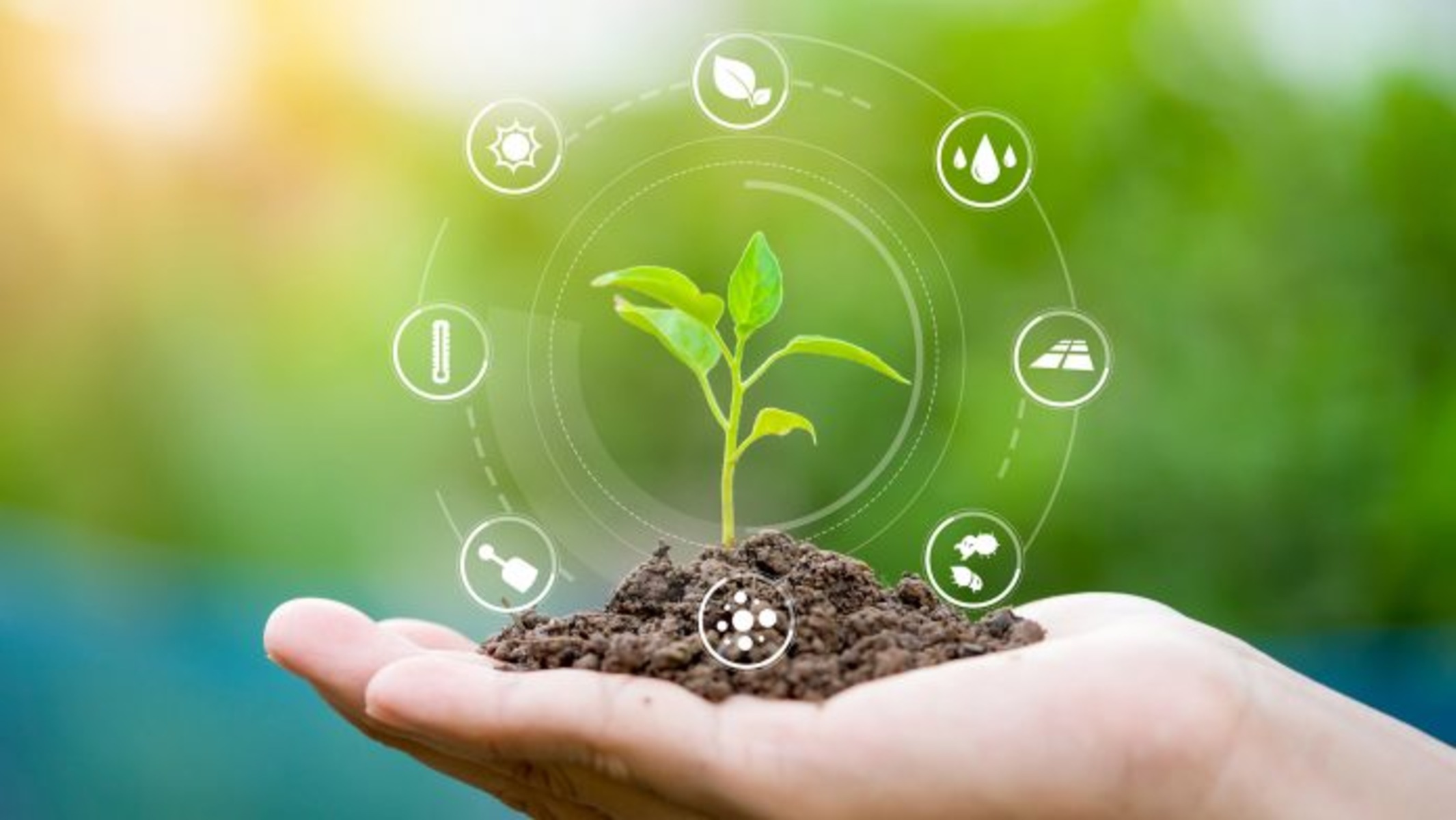
Photorespiration is a crucial process that occurs in plants, and it plays a significant role in their overall metabolism. While photosynthesis is often celebrated for its ability to convert sunlight into energy, photorespiration serves as a counterproductive process that can reduce a plant’s efficiency in harnessing that energy. Despite being something of a “wasteful” process, photorespiration is an intriguing phenomenon that has long fascinated biologists and researchers. In this article, we will explore 18 fascinating facts about photorespiration, shedding light on its mechanism, significance, and the ongoing research to understand its intricacies. From its historical discovery to its impact on crop yield and potential strategies to manipulate it, these facts will provide a comprehensive overview of photorespiration’s role in plant biology. So, let’s dive in and unravel the captivating world of photorespiration!
Key Takeaways:
- Photorespiration is a vital process in plants that helps them survive high temperatures and maintain balance in their cells. It can impact crop yield and is influenced by light and carbon dioxide levels.
- Understanding photorespiration can lead to improved agricultural practices and climate-resilient crops, ensuring food security in a changing world. It plays a crucial role in the Earth’s carbon and oxygen cycles.
Photorespiration was discovered in the 1950s.
During research on the process of photosynthesis, scientists observed a side reaction that consumed oxygen instead of producing energy-rich molecules. This phenomenon was named photorespiration.
Photorespiration occurs in the chloroplasts of plant cells.
Inside the chloroplasts, where photosynthesis takes place, there are specialized structures called peroxisomes that are responsible for initiating the photorespiration pathway.
Photorespiration helps plants tolerate high temperatures.
When temperatures rise, the rate of photosynthesis decreases due to enzyme inactivation. Photorespiration acts as a protective mechanism, preventing damage to the plant’s cellular components.
Photorespiration releases carbon dioxide.
One of the products of photorespiration is carbon dioxide, which is recycled and used by other metabolic pathways within the plant.
Photorespiration requires energy.
Unlike photosynthesis, which generates energy-rich molecules like ATP, photorespiration consumes energy. This results in a net loss of energy for the plant.
Photorespiration can lead to loss of crop yield.
In some agricultural crops, photorespiration can account for up to 30% of total energy consumption, leading to reduced crop productivity.
C4 plants have a reduced need for photorespiration.
Certain types of plants, known as C4 plants, have evolved specialized mechanisms that minimize the occurrence of photorespiration, allowing them to thrive in hot and dry environments.
Photorespiration is influenced by light intensity.
Higher light intensities can accelerate photorespiration, leading to an increased loss of energy and reduced efficiency of photosynthesis.
Photorespiration is vital for nitrogen metabolism.
The release of nitrogen compounds during photorespiration is essential for plant growth and the synthesis of important biomolecules.
C3 plants have a higher susceptibility to photorespiration.
The majority of plant species fall under the category of C3 plants, which are more prone to photorespiration than C4 plants.
Photorespiration can contribute to leaf aging.
Over time, photorespiration can lead to an accumulation of toxic by-products, contributing to the aging and senescence of leaves.
Depletion of carbon dioxide levels increases photorespiration.
When carbon dioxide levels are low, such as during drought conditions, photorespiration becomes more prevalent, affecting plant growth and survival.
Photorespiration has evolutionary advantages.
Despite its energy-consuming nature, photorespiration has been preserved throughout evolution due to its important role in maintaining cellular homeostasis and adapting to changing environmental conditions.
Genetic engineering can modify photorespiration.
Scientists are exploring ways to enhance photosynthetic efficiency by manipulating the photorespiration pathway in crop plants through genetic engineering techniques.
Rising atmospheric carbon dioxide levels may impact photorespiration.
The increasing concentrations of carbon dioxide in the atmosphere may have implications for the occurrence and intensity of photorespiration in the future.
Photorespiration has a link to the Earth’s carbon and oxygen cycles.
The interplay between photosynthesis, respiration, and photorespiration plays a crucial role in maintaining the balance of carbon dioxide and oxygen in the Earth’s atmosphere.
Photorespiration is influenced by plant species and environmental conditions.
Different plant species exhibit varying levels of photorespiration, and environmental factors such as temperature, light intensity, and carbon dioxide availability can significantly impact its occurrence.
Understanding photorespiration aids in improving agricultural practices.
Studying photorespiration provides valuable insights into optimizing crop productivity, developing climate-resilient crops, and ensuring food security in a changing world.
In conclusion, photorespiration is a complex process with intriguing implications for plant physiology and agricultural productivity. Exploring the fascinating facts about photorespiration helps us appreciate the intricate balance between energy production and consumption in plants.
Conclusion
In conclusion, photorespiration is a fascinating process that plays a crucial role in the survival of plants. It helps in the removal of toxic molecules and protects plants from damage caused by excessive build-up of carbon dioxide. Despite its disadvantages, photorespiration is an evolutionary trait that has persisted in plants over millions of years.By understanding the intricate mechanisms of photorespiration, scientists are working towards finding ways to minimize its negative effects and enhance the efficiency of photosynthesis. This knowledge could hold the key to developing crops that are more resilient to harsh environmental conditions, ultimately contributing to global food security.Photorespiration is a complex topic that requires further research and exploration. As our understanding of this process continues to evolve, we are uncovering new insights into the fascinating world of plant biology and the interconnectedness of different metabolic pathways.
FAQs
Q: What is photorespiration?
A: Photorespiration is a metabolic process that occurs in plants, where they convert oxygen and RuBP (Ribulose-1,5-bisphosphate) in the presence of light, leading to the release of carbon dioxide.
Q: Why is photorespiration important?
A: Photorespiration helps in the removal of toxic molecules and protects plants from damage caused by excessive build-up of carbon dioxide. It also ensures the efficient functioning of photosynthesis.
Q: How does photorespiration differ from photosynthesis?
A: Photosynthesis is a process by which plants convert carbon dioxide and water into glucose and oxygen, while photorespiration involves the breakdown of RuBP and the release of carbon dioxide.
Q: Does photorespiration have any drawbacks?
A: Yes, photorespiration is considered a wasteful process as it consumes energy and reduces the efficiency of photosynthesis. It can also limit the growth and productivity of plants.
Q: Can photorespiration be eliminated or reduced?
A: Scientists are actively researching ways to minimize the negative effects of photorespiration or enhance the efficiency of photosynthesis. Genetic engineering and breeding techniques are being explored to develop plants with reduced photorespiration rates.
Photorespiration is a fascinating process, but there's more to explore in the world of plant biology. Dive into the intricacies of carbon fixation and learn 17 mindblowing facts about Calvin cycle. Mitochondria, powerhouses of cells, hold secrets waiting to be uncovered. Unravel 19 intriguing facts about Calvin cycle and deepen your understanding of this crucial process. Each topic offers a unique perspective on the inner workings of plants, so why not embark on a journey of discovery?
Was this page helpful?
Our commitment to delivering trustworthy and engaging content is at the heart of what we do. Each fact on our site is contributed by real users like you, bringing a wealth of diverse insights and information. To ensure the highest standards of accuracy and reliability, our dedicated editors meticulously review each submission. This process guarantees that the facts we share are not only fascinating but also credible. Trust in our commitment to quality and authenticity as you explore and learn with us.


